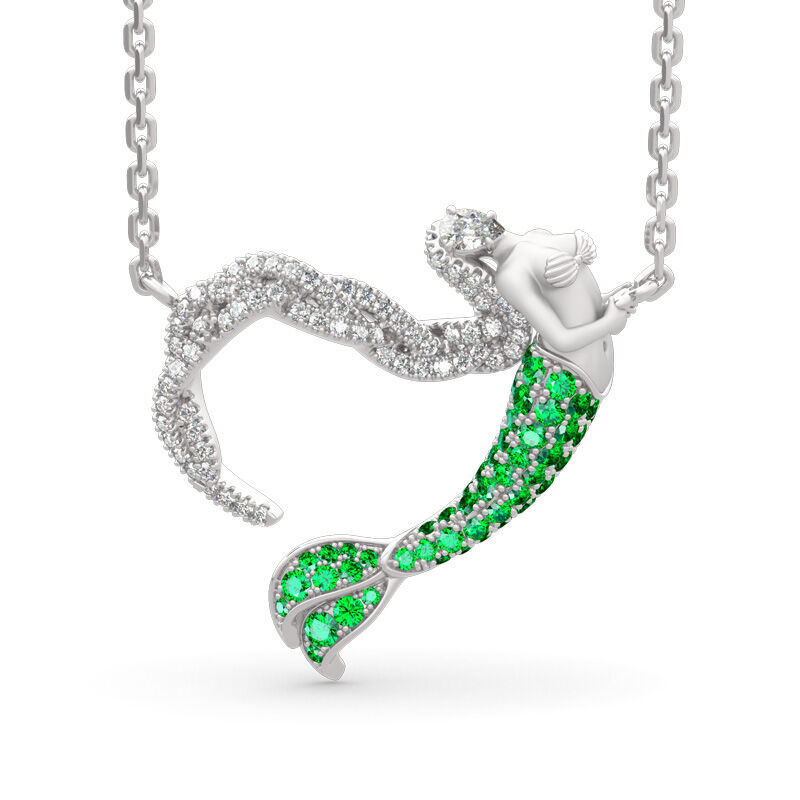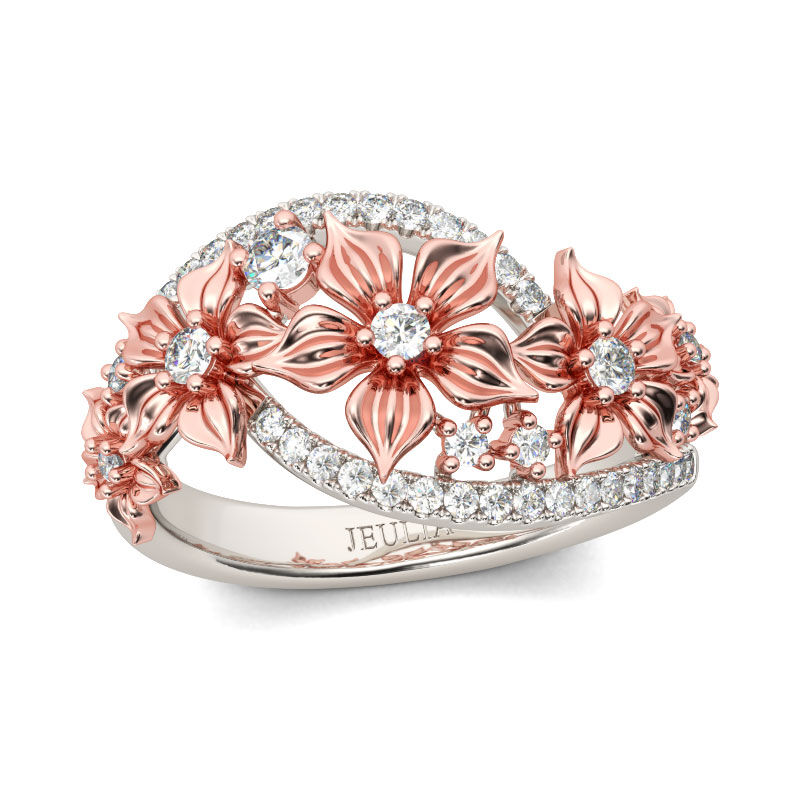There are four important periods in the development of jewelry style types: the Victorian period, the Art Nouveau period, and the Edward VII period During the Art Deco period. It can be said that today’s jewelry design style is still influenced by these periods, from gem cutting, precious metal forming and other production processes, to image choices such as flowers, insects, and birds, antique jewelry has left too many treasures in the modern jewelry field.

Like jewelry from the Georgian and Victorian eras, jewelry from the Edwardian era was named after King Edward VII of England (1901-1910). This was also the last jewelry period named after the British monarch. Compared to his mother Queen Victoria, Edward is a happy and extravagant person. Even when he was only the Prince of Wales, he already had a bad reputation as a playboy and gambler.
After his coronation ceremony, he still spent a lot of his time socializing with various wealthy individuals. Jewelry has once again become an indispensable necessity in these extremely luxurious feasts of the wealthy. When we examine the jewelry style of the Edwardian era, the birth of this style had already slowly emerged before the coronation of King Edward VII.

The key words of wreath style jewelry include circumference, symmetry, branching patterns, and scroll shapes. Cartier Workshop was the first to use platinum, which is more malleable and brighter than silver, making bold designs possible. Various flowers and jewelry have emerged one after another: thorny flowers, ferns, pine cones, lilies The designer uses sturdy platinum creativity to create a hollow symmetrical style, abandoning the previously popular giant main stone and using various complex small gemstones to complement and highlight the gentle and delicate tender style.
More Post:
